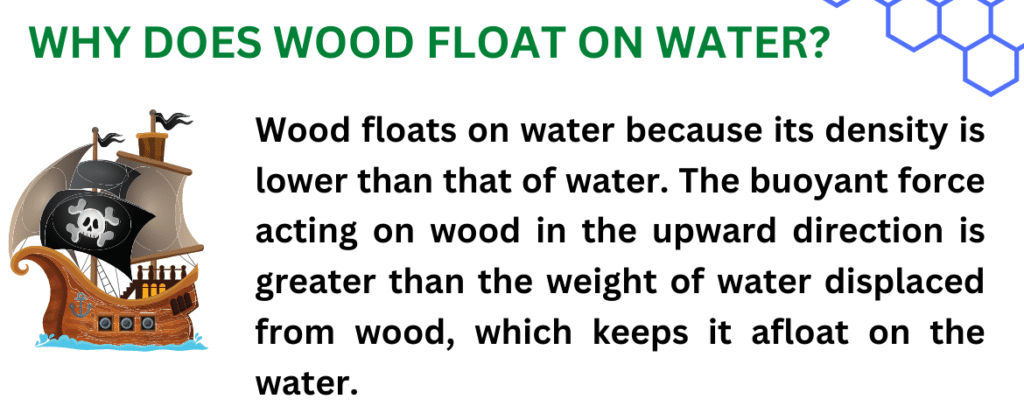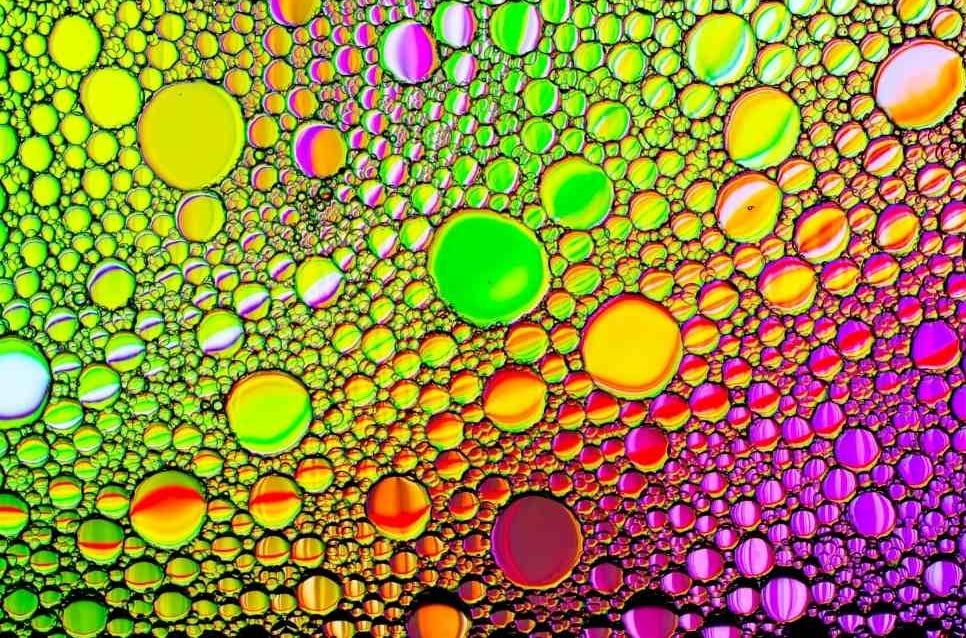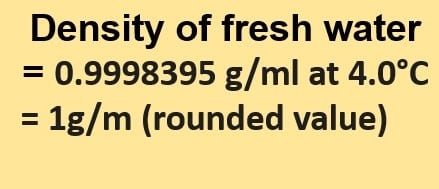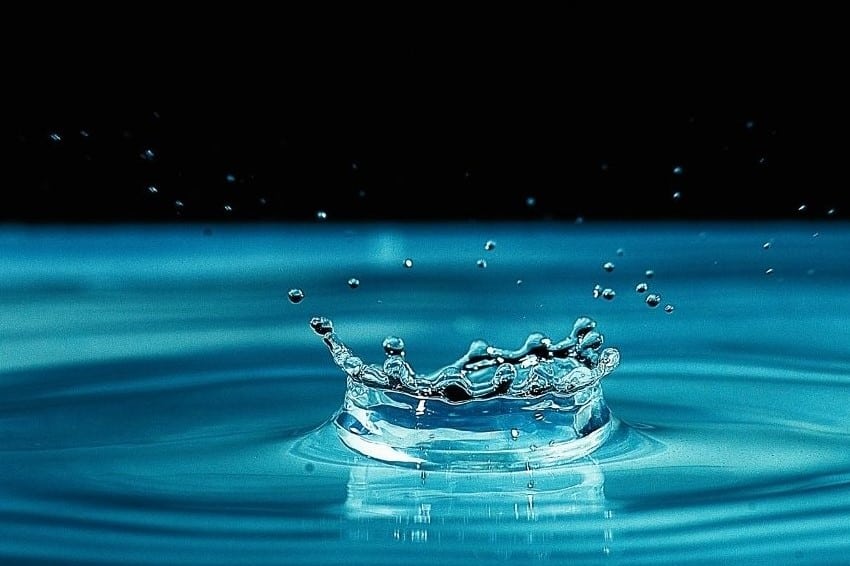Wood floats on water because its density is lower than that of water. The buoyant force acting on wood in the upward direction is greater than the weight of water displaced from wood, which keeps it afloat on the water.
Buoyancy is defined as the tendency of an object to float in a fluid. In the presence of gravity, all liquids and gases exert an upward force known as the buoyant force on any object immersed in them.
This weight-to-volume ratio is known as density. Water can hold up an object that is less dense than water, allowing it to float. An object that is denser than water sinks. Since wood weighs less than the same volume of water, it is less dense and floats.

Why does wood float on the water-Simple explanation?
Wood floats on water because it is less dense than water. Density is a measure of how much mass is contained in a given volume. If an object has a greater density than water, it will sink. If it has a lower density than water, it will float.
The density of wood varies depending on the species, but in general, wood is less dense than water. This means that a piece of wood weighs less than an equivalent volume of water, so it will float.
The reason for the lower density of wood is due to the structure of the material. Wood is made up of tiny fibres that are held together by a natural glue-like substance called lignin. The air spaces between the fibres and within the cell walls of the wood provide buoyancy, making the overall density of the wood less than that of water.
In addition to its low density, wood is also porous, which means it can trap air pockets. These air pockets further increase the buoyancy of the wood, making it more likely to float on water.
Overall, the combination of the low density and porous nature of wood allows it to float on water, making it a useful material for boats, rafts, and other watercraft.
More Links
- BCl3 Lewis Structure in four simple steps - November 1, 2023
- PH3 Lewis Structure in four simple steps - October 8, 2023
- PF3 Lewis structure in four simple steps - September 24, 2023



